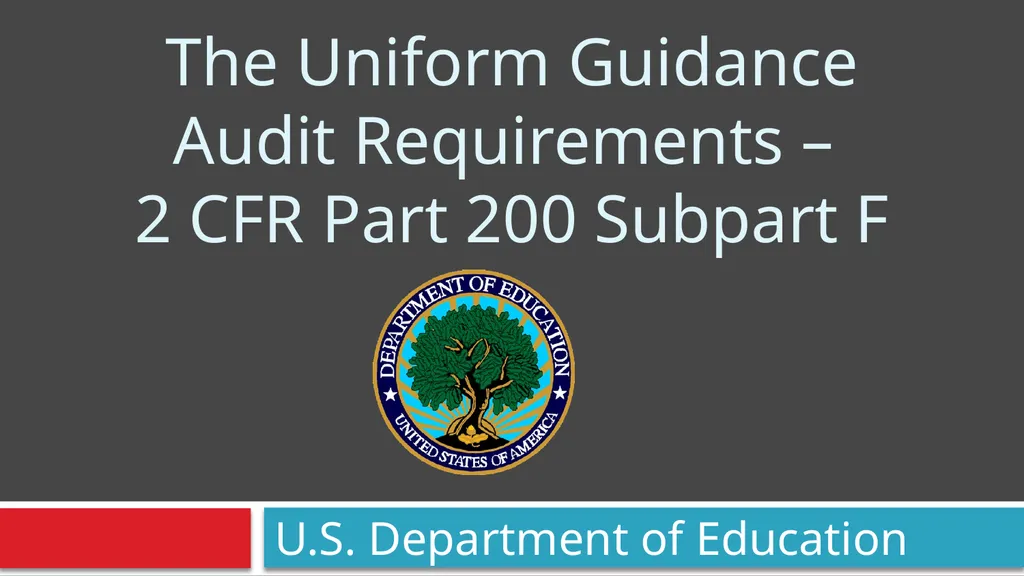
U.S. Department of Education The Uniform Guidance
Author: lindy-dunigan | Published: 2025-06-23
Description: U.S. Department of Education The Uniform Guidance Audit Requirements 2 CFR Part 200 Subpart F Learning Objectives By the end of this presentation, you should: Understand the role of audits in accountability Get an overview of how Single
Download Presentation
Download the PPT/PDF: Download
Transcript:
Loading transcript…